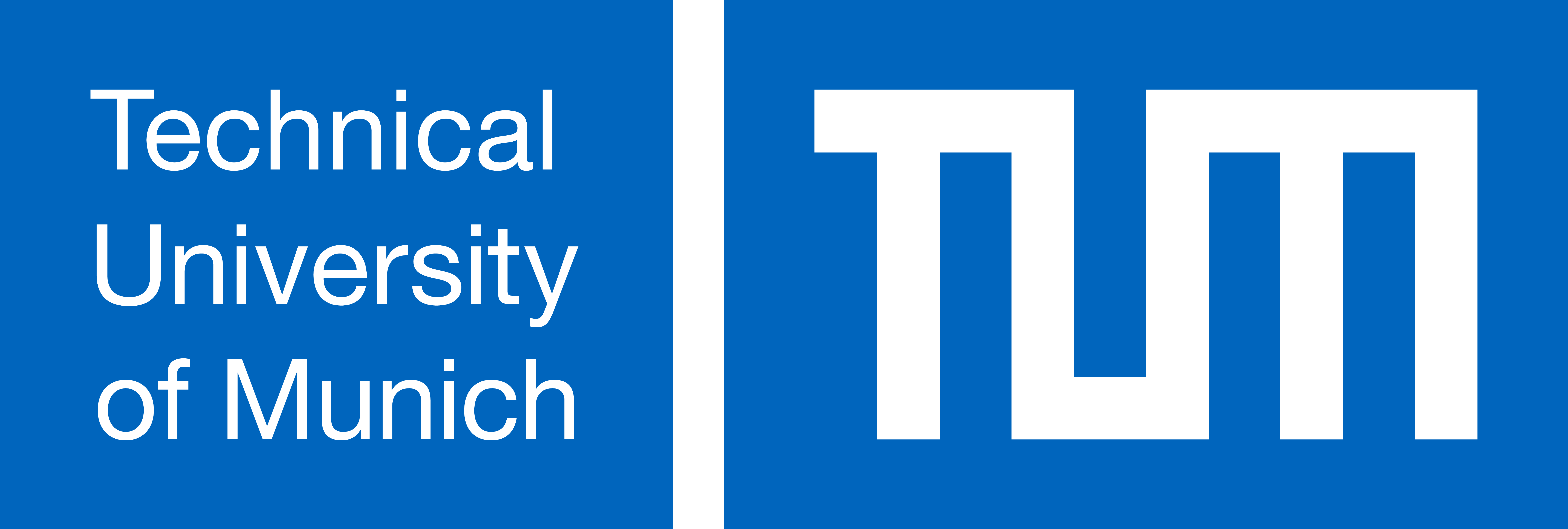Multipath TCP Measurement Service
This website presents results from ongoing MPTCP adoption measurements. We also allow researchers to access our raw MPTCP measurement results. Please take a look at our publication section for more information on our measurements.
We run continuous MPTCP measurements on the full IPv4 address space and based on the IPv6 Hitlist Service.
Get the data
We make the raw measurement results available to fellow researchers. To get free access to the data, you can send a quick registration email. We use the registration data for statistical purposes and might very occasionally send a survey or other requests for feedback.Referencing the MPTCP Measurement Service
If you are using data from the MPTCP Measurement Service in your publication, please cite it with the following reference:
@inproceedings{aschenbrenner2021from,
title = {From Single Lane to Highways: Analyzing the Adoption of Multipath TCP in the Internet},
author = {Aschenbrenner, Florian and Shreedhar, Tanya and Gasser, Oliver and Mohan, Nitinder and Ott, Jörg},
booktitle = {Proceedings of the 2021 IFIP Networking Conference},
year = {2021},
location = {Aalto, Finland},
}
Paper
Abstract.
Multipath TCP (MPTCP) extends traditional TCP to enable simultaneous use of multiple connection endpoints at the source and destination. MPTCP has been under active development since its standardization in 2013, and more recently in February 2020, MPTCP was upstreamed to the Linux kernel.
In this paper, we provide the first broad analysis of MPTCPv0 in the Internet. We probe the entire IPv4 address space and an IPv6 hitlist to detect MPTCP-enabled systems operational on port 80 and 443. Our scans reveal a steady increase in MPTCP-capable IPs, reaching 9k+ on IPv4 and a few dozen on IPv6. We also discover a significant share of seemingly MPTCP-capable hosts, an artifact of middleboxes mirroring TCP options. We conduct targeted HTTP(S) measurements towards select hosts and find that middleboxes can aggressively impact the perceived quality of applications utilizing MPTCP. Finally, we analyze two complementary traffic traces from CAIDA and MAWI to shed light on the real-world usage of MPTCP. We find that while MPTCP usage has increased by a factor of 20 over the past few years, its traffic share is still quite low.
Paper. Download the final version of our paper here.
Authors. Florian Aschenbrenner, Tanya Shreedhar, Oliver Gasser, Nitinder Mohan, and Jörg Ott.
IRTF presentation. Watch Oliver Gasser presenting our study at IETF 111's maprg.
Conference presentation. Watch Tanya Shreedhar presenting our paper at IFIP Networking 2021 below.
Reproducibility
We publish data and scripts to reproduce our analysis at the TUM University Library to guarantee long-term availability.
Dataset DOI. 10.14459/2021mp1610028
Contact
You can contact us at info@mptcp.io.


